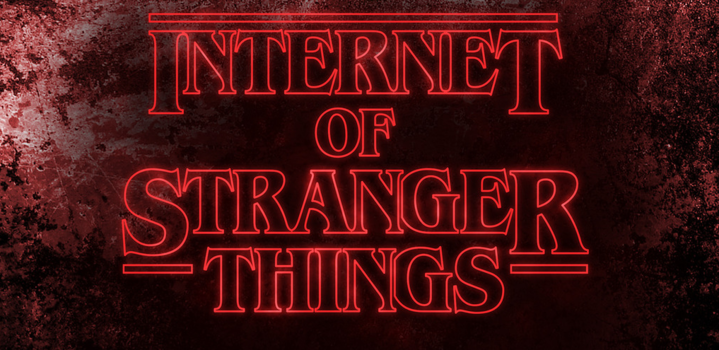As a way to make Git easier to use, MIT’s Computer Science and Artificial Intelligence Laboratory (CSAIL) has developed Gitless, an interface that aims to fix the system’s core problems without altering its purpose.
“With Gitless, we’ve developed a tool that we think is easier to learn and use, but that still keeps the core elements that make Git popular,” said graduate student Santiago Perez De Rosso, who co-wrote a related paper with MIT professor Daniel Jackson. “What’s particularly encouraging about this work is that it suggests that the same approach might be used to improve the usability of other software systems, such as Dropbox and Google Inbox.”
Gitless was developed by researchers who looked at at 2,400 Git-related questions, and then outlined the biggest issues of Git. Some of the issues it tackles is hiding the staging area altogether, which makes for a flexible commit command that allows developers to select segments of code to commit. Also, developers can switch between Git and Gitless without having to migrate code from one to the other.
Study: Consumers considering the risk of their IoT devices
A new ESET/National Cyber Security Alliance (NCSA) study on the Internet of Things reminds digital citizens to stay up to date on the latest technology, and how they can better protect themselves against large cyber threats.
“The Internet of Things presents tremendous opportunities for managing our health, homes and businesses, but we need to have our eyes wide open about the risks as well,” said Michael Kaiser, executive director of NCSA. “IoT technology is driven by personal information—it’s really an ‘Internet of Me’—so it’s important to be proactive about understanding what information your devices collect about you, how that information is used, where it’s being stored and what kind of control you have over it. Additionally, it’s especially important to pay attention to the security of your mobile device if you are using it to control IoT devices—as well as your router, if you’re connecting devices to it.”
The study found that a majority of consumers are keeping in mind the fact that IoT devices can be accessed by hackers. Also, 50% of consumers have been discouraged from purchasing an IoT device because of concerns about cybersecurity and hackers.
The reality, according to Andrew Lee, CEO of ESET North America, is that hackers will go wherever the opportunities are, and IoT devices will continue to be a “golden opportunity for them.”
The full study and infographic can be located here.
Announcing Apache Kafka 0.10.1
The Apache Kafka community has announced the release of Apache Kafka 0.10.1.0, features more than 200 bug fixes, as well as a full list of new features and improvements.
Major features of this release include added support for a searchable index for each topic based off of message timestamps. Replication quotas gives developers a way to set an upper bound on the bandwidth used for replication. And, previously, there was no way to tell if a consumer had reached an uncompacted portion of a log, so now, with the latest release of Apache Kafka, it provides a configuration setting to control the time range that is eligible for log cleaning.
Other features for Kafka Client APIs include interactive queries, consumer stabilization, and improved management, so Kafka Streams applications now benefit from record caches.
The full summary of the JIRA issues addressed in the 0.10.1.0 release of Kafka can be found here. Full documentation of the release and the project can be found here.



